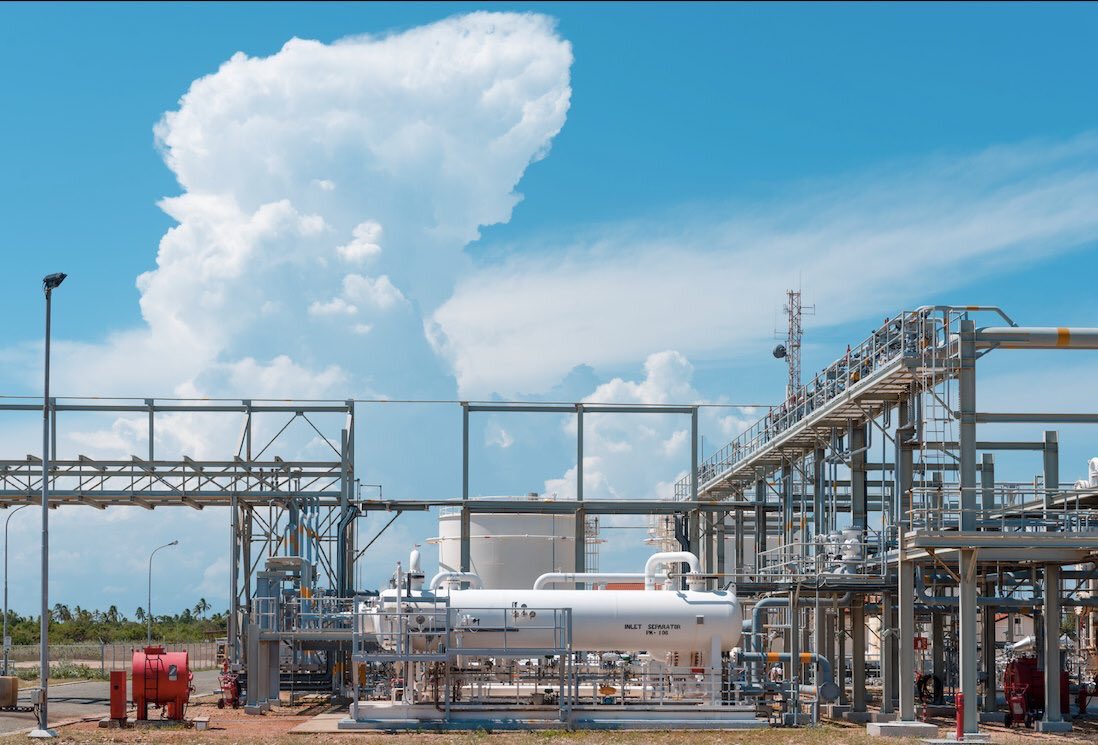The ORCA Energy Group has planned a $50m capex for the continued development of the Songo Songo gas project in Tanzania next year. Via its subsidiary PanAfrican Energy, ORCA operates the wells and gas processing plant at the Songo Songo island in central Tanzania.
The 2022 programme includes $20 million for a 200 km2 3D seismic program over the Songo Songo development license, $11.5 million to expand the PanAfrican Energy’s existing downstream gas and CNG distribution system, and approximately $7 million for ongoing maintenance and facilities projects.
The remaining $11.5 million represents the expenditures associated with the current work over program and inlet compression project, representing a combined $63m investment approved in 2019.
The seismic programme would be pretty significant because PanAfrican Energy currently relies on 2D seismic lines ranging from 1978 to 2009. These are insufficient to maximise future upstream gas developments at Songo Songo.
“The 3D seismic program is required to de-risk both the future development drilling in the SS gas field and potential exploration drilling of prospective resources prior to the SS license expiring in October 2026.,” ORCA said last week.
Source: ORCA Energy Group
ORCA continues to see potential for growth and gas production at Songo Songo, even beyond 2026. For now, it is projecting a gas production of at least 100 MMsfd for 2022, including about 40 MMcfd of Protected Gas reserves for the Tanzania Petroleum Development Corp. (TPDC).
Details on the Songo Songo Integrated Gas Development are available in the “Projects” section within your Hawilti+ research terminal.

